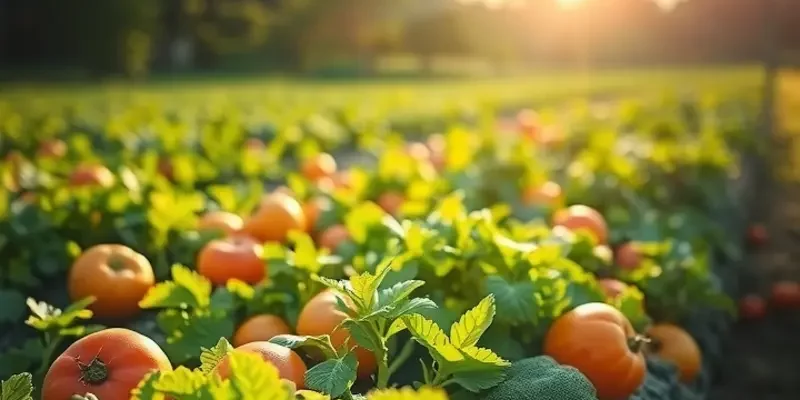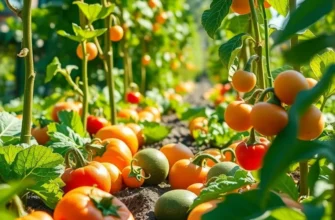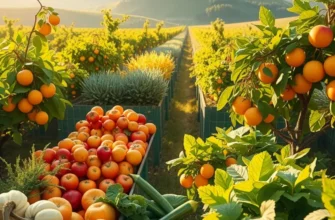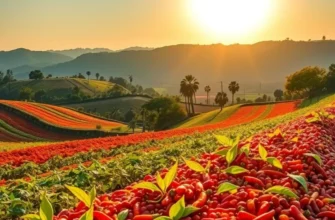Vegetarian cuisine offers a vibrant tapestry of flavors and traditions from around the world. With a growing appreciation for plant-based diets, many iconic dishes celebrate vegetables, grains, and legumes. Embarking on a culinary journey, we can discover deeply rooted vegetarian cultures, each bringing unique tastes and stories. From spicy curries to savory tarts, join in on the exploration of beloved meatless dishes that connect us to diverse culinary heritages.
A Taste of India: Paneer Tikka
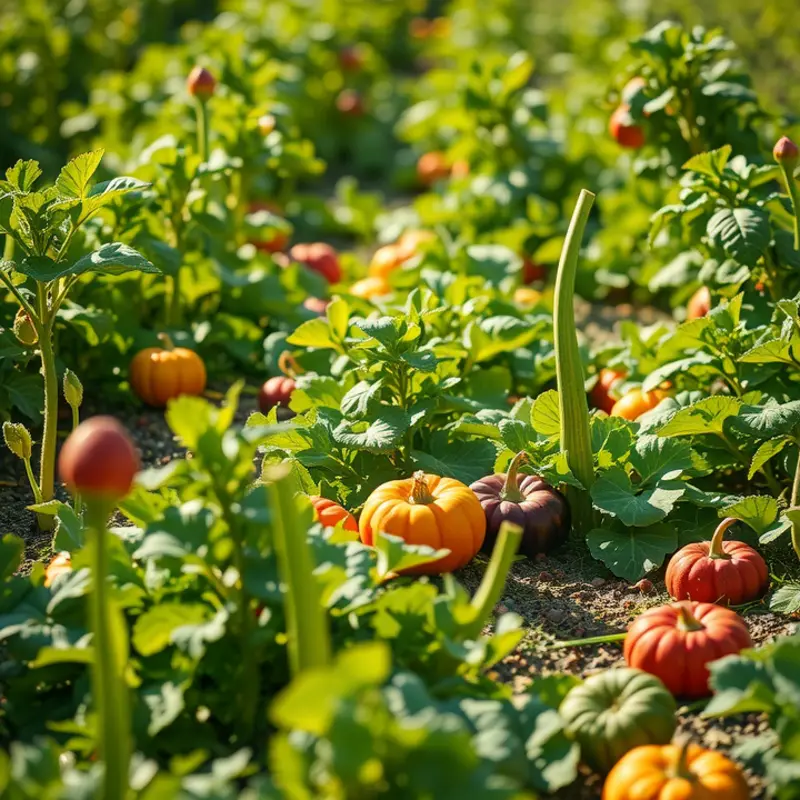
India’s culinary landscape is marked by diverse flavors and ingenious use of spices. Paneer Tikka stands as a testament to this, bringing together robust spices and soft paneer, a type of fresh cheese. This dish is a staple at Indian gatherings, embodying the spirit of celebration with every bite.
Paneer, often dubbed as the ‘vegetarian’s meat,’ serves as the perfect canvas for the vibrant spice blend known as ‘tikka masala.’ The smoky aroma and slightly charred texture of Paneer Tikka captivate the senses. This dish dates back to the Mughal era, a time when Indian cuisine began to showcase its bold and complex layers of flavor. Paneer Tikka’s cultural significance is profound, often featured at festivals and family meals, bridging generations with its beloved taste.
Crafting Paneer Tikka at home is a sensory experience. Begin by cutting paneer into cubes and marinating it in a mix of yogurt and spices, which typically include cumin, coriander, turmeric, and garam masala. The yogurt tenderizes the paneer while infusing it with flavors. Allow the paneer to absorb these spices for at least two hours. This marination step is crucial for developing deep flavor profiles.
Next, skewer the marinated paneer cubes and place them on a grill or in an oven. The cooking method imparts a subtle smokiness, reminiscent of traditional Indian clay ovens. Maintain a close watch as the paneer transforms, achieving a golden exterior with irresistible grill marks.
Paneer Tikka can be enhanced with a squeeze of fresh lemon and a sprinkle of chaat masala just before serving. This adds a tangy finish, complementing the spices perfectly. Pair it with green chutney, a blend of mint and coriander, to elevate your tasting experience further.
For those interested in eco-friendly kitchen practices, consider exploring eco-smart kitchen storage options. This can help minimize waste during your culinary endeavors.
As with many iconic dishes, Paneer Tikka exemplifies the soul of Indian cuisine. It offers a window into a world where spices tell stories and every meal is a celebration. Whether enjoyed at a bustling Indian restaurant or recreated in your kitchen, Paneer Tikka is a delicious chapter in India’s rich culinary narrative.
Italy’s Pride: Caprese Salad
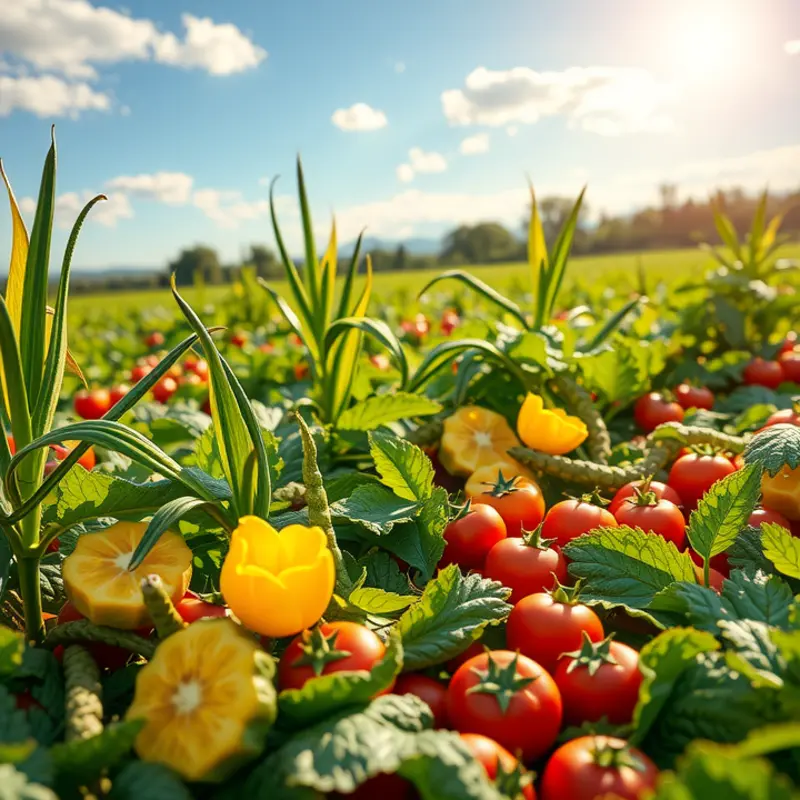
Caprese Salad, named after the island of Capri, is a quintessential Italian dish that embodies the simplicity and richness of the Mediterranean diet. Its beauty lies in its minimalism—each ingredient is carefully selected to highlight the natural flavors and colors representative of Italian cuisine.
Ingredients:
- Fresh mozzarella
- Sun-ripened tomatoes
- Fragrant fresh basil
- Extra virgin olive oil
- A sprinkle of salt and a dash of pepper
Traditionally, Caprese Salad requires fresh mozzarella, a semi-soft cheese that’s creamy and mild. Its delicate taste pairs perfectly with the juicy burst of ripe tomatoes, commonly plum or beefsteak, offering a sweet, tangy contrast. The dish is completed with fresh basil, which adds a fragrant herbal note, and a drizzle of golden extra virgin olive oil. These elements are harmonized with a touch of salt and freshly cracked black pepper, accentuating each flavor without overwhelming it.
Despite its simplicity, Caprese Salad offers regional variations that reflect local tastes and ingredient availability. For instance, a common variant might incorporate burrata cheese for an even creamier texture. Another adaptation could involve balsamic reduction drizzles, providing a hint of sweetness that enhances the salty and savory elements.
Enhancing Freshness with Seasonal Produce:
The success of a Caprese Salad often depends on the freshness of its ingredients. Seasonal produce bursts with flavor and nutrients, significantly elevating the dish. Choosing tomatoes that are in season, for example, ensures a natural sweetness and optimal texture. Look for vibrant-colored basil leaves, which are more aromatic and less likely to be bitter.
To push the flavors further, consider sourcing locally produced extra virgin olive oil. Its robust, fruity notes can transform the salad into an exceptional culinary experience. A tip to maintain the vibrancy of your salad is to assemble it shortly before serving, preserving the fresh taste of each component.
For those interested in minimal-prep dinner ideas that highlight fresh, vibrant ingredients similar to Caprese, you might find insights in a guide on practical ingredient batching. It can help streamline your kitchen art while maintaining quality and flavor.
The allure of Caprese Salad lies in its elegance and the way it showcases the essence of fresh Mediterranean flavors. Its versatility and reliance on premium seasonal ingredients make it a star dish not just in Italy but around the world.
Final words
Exploring vegetarian dishes from various cultures reveals the beauty of culinary diversity. Each dish, steeped in history and tradition, provides a window into the local lifestyle and values. Whether indulging in the spicy flavors of Indian cuisine through Paneer Tikka or savoring the simplicity of Italy’s Caprese Salad, every bite is a celebration of the earth’s bounty. As food enthusiasts and culturally-curious individuals, embracing these vegetarian dishes enriches our appreciation for global culinary heritage. It encourages us to explore our own kitchens, opening up new dishes and flavors that shine a light on sustainable, plant-based eating.

